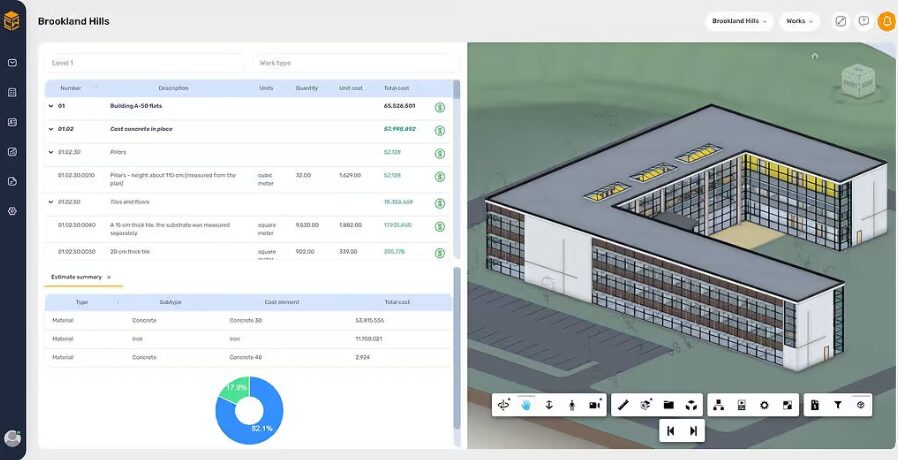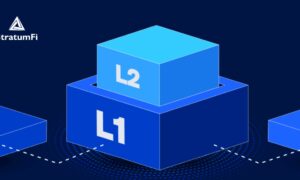Construction procurement, the process of acquiring goods and services necessary for a project, is a complex undertaking. Effective procurement is crucial for project success, impacting everything from cost and schedule to quality and safety. Construction procurement software streamlines this process, automating tasks, improving visibility, and enhancing collaboration. This guide provides a comprehensive overview of construction procurement software processes, from start to finish, highlighting the requirements, involvement, and benefits, especially when integrated with construction estimation software.
The Construction Procurement Process: A Step-by-Step Guide
- Project Planning and Needs Identification: The procurement process begins during project planning. This involves identifying the materials, equipment, and services required for the project, based on the project scope, design specifications, and schedule. This information is often derived from the construction estimate and bill of materials (BOM).
- Defining Procurement Requirements: Once needs are identified, specific requirements for each item or service must be defined. This includes quality standards, performance specifications, delivery schedules, and any other relevant criteria. Detailed specifications are crucial for ensuring that procured items meet project needs.
- Supplier Selection and Qualification: Identifying and qualifying potential suppliers is a critical step. This involves researching suppliers, evaluating their capabilities, financial stability, and past performance. Construction procurement software often includes supplier databases and performance tracking tools to aid in this process.
- Request for Quotation (RFQ) or Proposal (RFP) Generation: Once potential suppliers are identified, RFQs or RFPs are generated and sent to them. These documents outline the procurement requirements and request suppliers to submit their bids or proposals. Construction procurement software can automate the creation and distribution of these documents.
- Bid/Proposal Evaluation and Selection: Upon receiving bids or proposals, they are evaluated based on pre-defined criteria, such as price, quality, delivery schedule, and supplier reputation. Construction procurement software can facilitate this process by providing tools for comparing bids and ranking suppliers.
- Purchase Order (PO) Creation and Issuance: After selecting the winning bidder, a PO is generated and issued to the supplier. The PO serves as a legally binding contract, specifying the terms of the purchase, including price, quantity, delivery date, and payment terms. Construction procurement software automates the creation and tracking of POs.
- Order Tracking and Expediting: Once the PO is issued, the order is tracked to ensure timely delivery. Construction procurement software provides real-time visibility into the status of orders, allowing project managers to identify potential delays and take corrective action. Expediting, or accelerating the delivery of critical items, may be necessary in some cases.
- Receiving and Inspection: Upon delivery, the procured items are received and inspected to ensure they meet the specified requirements. Construction procurement software can facilitate this process by providing tools for tracking deliveries and documenting inspections.
- Invoice Processing and Payment: Once the items are received and inspected, the supplier’s invoice is processed and payment is made. Construction procurement software integrates with accounting systems to automate invoice processing and payment.
- Performance Evaluation and Supplier Relationship Management: After the procurement process is complete, the supplier’s performance is evaluated. This information is used to assess supplier reliability and inform future procurement decisions. Construction procurement software can track supplier performance metrics and facilitate supplier relationship management.
Requirements for Completing the Procurement Process:
- Detailed project scope and specifications: Clear and comprehensive project documentation is essential for defining procurement needs.
- Accurate cost estimates: Cost estimates provide a budget framework for procurement decisions.
- Qualified suppliers: Selecting reliable and capable suppliers is crucial for ensuring timely delivery and quality.
- Effective communication: Clear communication between project managers, procurement teams, and suppliers is essential for successful procurement.
What Construction Procurement Involves:
- Sourcing and selection of suppliers: Identifying and evaluating potential suppliers.
- Negotiation of contracts and prices: Securing favorable terms with suppliers.
- Management of purchase orders: Creating, tracking, and managing purchase orders.
- Tracking of deliveries: Ensuring timely delivery of procured items.
- Quality control: Inspecting procured items to ensure they meet specifications.
- Payment processing: Managing invoices and making payments to suppliers.
Benefits of Construction Estimating Software with Procurement Features:
Integrating construction estimating software with procurement features offers significant advantages:
- Seamless Data Flow: Data from the estimate, such as material quantities and specifications, can be directly transferred to the procurement module, eliminating manual data entry and reducing errors.
- Improved Cost Control: By linking estimated costs to actual purchase prices, contractors can track spending against budget and identify potential cost overruns early on.
- Enhanced Procurement Planning: The estimate provides a detailed breakdown of material requirements, enabling procurement teams to plan purchases more effectively and avoid delays.
- Streamlined RFQ/RFP Process: Estimating software can generate RFQs/RFPs based on the estimated quantities and specifications, simplifying the bidding process.
- Better Supplier Selection: Historical data on supplier performance from past projects, often linked to estimating software, can inform supplier selection for current projects.
- Automated Purchase Order Generation: Once a bid is accepted, the estimating software can automatically generate purchase orders, saving time and reducing manual errors.
By integrating estimating and procurement processes, construction professionals gain a holistic view of project costs and material needs, leading to more efficient, cost-effective, and successful projects.





























